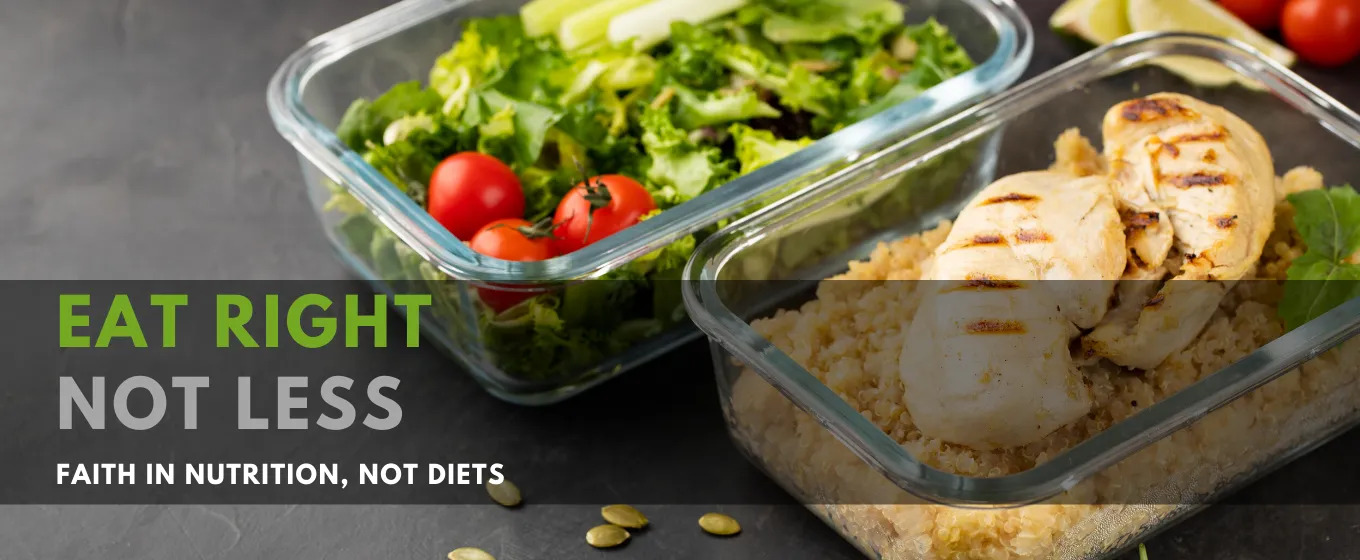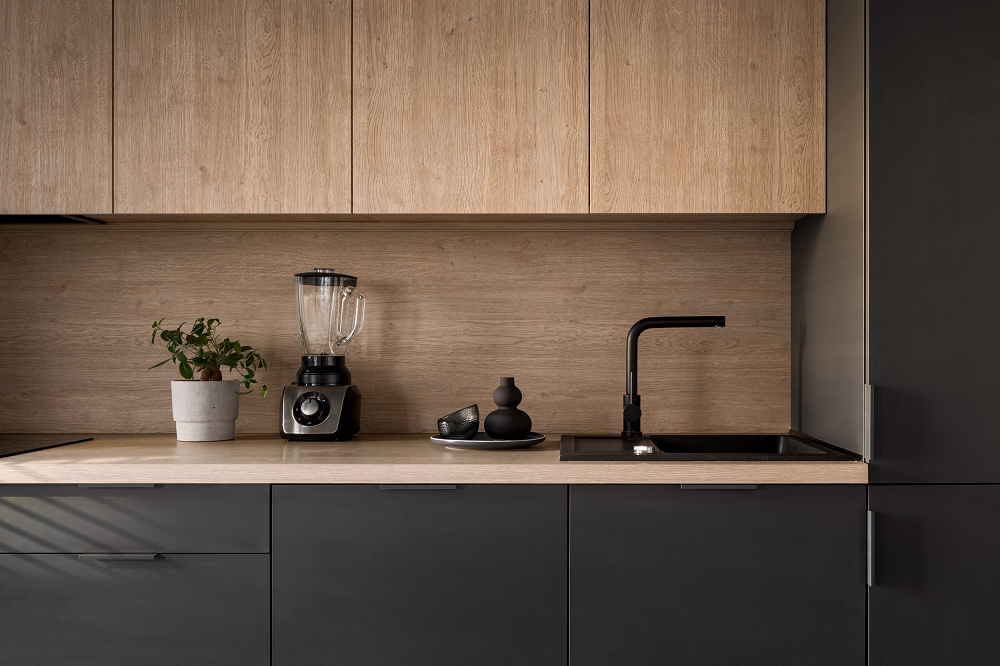Moving can be a stressful and time-consuming task, especially when it comes to transporting delicate or bulky kitchen appliances. From your sleek refrigerator to your fragile microwave and the heavy dishwasher, each appliance requires careful handling and protection to ensure it arrives safely at your new home. The heat, humidity, or even impact from other moving items can potentially damage your appliances during the move. Wrapping your kitchen appliances properly is essential to minimize the risk of dents, scratches, or malfunctions.
In this guide, we’ll cover top tips for wrapping kitchen appliances during a move to ensure they are well-protected, and that the transition to your new home is as smooth as possible. Whether you’re moving locally or across the country, following these expert packing strategies will help safeguard your valuable kitchen items.
1. Gather the Right Wrapping Materials
Before you even begin packing, it’s important to gather the proper materials. Using the right wrapping materials will provide sufficient protection for your kitchen appliances during transit.
Key materials to have on hand:
- Bubble Wrap: Offers cushioning and shock absorption to protect against bumps and drops.
- Packing Paper or Packing Peanuts: Helps fill gaps in appliance interiors or around fragile items to prevent movement.
- Plastic Stretch Wrap: Used to secure the appliance and protect surfaces from scratches, dust, and dirt.
- Moving Blankets: Provide an additional layer of protection for larger appliances like refrigerators or washing machines.
- Heavy-Duty Tape: For securing bubble wrap or stretch film in place.
- Cardboard Boxes or Appliance Boxes: Useful for smaller appliances, and to prevent any accidental impact.
- Corner Protectors: Especially important for delicate corners, such as those on microwaves or dishwashers.
By using high-quality materials, you ensure your appliances stay safe, clean, and secure during the move.
2. Clean and Dry Your Appliances Before Wrapping
One of the first steps in preparing your kitchen appliances for a move is to thoroughly clean and dry them. Dirt, grease, or moisture can not only make it more difficult to wrap the appliance securely but can also contribute to long-term damage like rust or mold.
- For refrigerators: Clean the interior thoroughly to remove any food scraps or spills. Make sure to dry the surfaces completely, especially the seals, which could accumulate moisture. It’s also a good idea to defrost your refrigerator a day before the move to prevent any water from leaking out during transport.
- For dishwashers and washing machines: Empty any residual water from the appliance and clean the inside. Leave the door open to allow it to air dry for a few hours before wrapping.
- For ovens and microwaves: Wipe down all surfaces and clean out any crumbs or food remnants. This is especially important for microwave ovens, as leftover food particles can burn or cause odors during transit.
Taking these extra steps not only protects your appliances from internal damage but also prevents unpleasant odors and mold from developing during the move.
3. Wrap Each Appliance Individually
Each appliance should be wrapped individually to ensure that it is well-protected on all sides. For larger appliances like refrigerators and washing machines, you will want to wrap them in multiple layers for added cushioning and support.
- Start with bubble wrap: Wrap the appliance in several layers of bubble wrap to cushion it from impacts. Be sure to cover all sides, including corners, which are particularly vulnerable to damage.
- Use packing paper or foam padding: For extra protection, especially around delicate parts (e.g., knobs, dials, or glass), layer the appliance in packing paper or foam. This step ensures that there are no gaps or exposed areas that could be scratched or damaged during transport.
- Secure with stretch film: Once your appliance is wrapped in bubble wrap and padding, use plastic stretch film to hold everything securely in place. This will keep the wrapping from shifting during transit and provide an additional layer of moisture and dirt protection. Be sure not to wrap the stretch film too tightly, as it could damage the appliance’s surface or components.
- Add corner protectors: If applicable, apply foam or cardboard corner protectors to the edges of the appliance to protect them from being scratched or dented. This is especially useful for items with exposed edges like ovens or dishwashers.
4. Disassemble Removable Parts
Some kitchen appliances, like dishwashers, refrigerators, or washing machines, may have removable parts that can be taken off to reduce weight and minimize the risk of damage.
- Refrigerator shelves: Remove shelves, drawers, or door racks from the refrigerator and pack them separately. This prevents them from moving around inside the appliance and getting scratched or broken.
- Dishwasher racks: If your dishwasher has removable racks, take them out and wrap them separately in bubble wrap or moving blankets. This will prevent them from shifting inside and causing damage to the dishwasher’s interior.
- Washing machine agitators or hoses: For washing machines, remove any detachable parts such as the agitator or hoses. You can wrap these items in packing paper and place them in a separate box.
- Microwave trays: Remove any turntables or trays from microwaves and wrap them securely. This will prevent the turntable from getting damaged or broken during the move.
By removing and packing these smaller parts separately, you not only prevent damage but also save space, ensuring your larger appliances are wrapped more efficiently.
5. Use Appliance Boxes for Protection
For smaller appliances, such as microwaves, blenders, or coffee makers, appliance boxes are the best option for wrapping. These specially designed boxes are built to accommodate the specific dimensions of common kitchen appliances and provide a safe, snug fit for shipping.
- If you no longer have the original packaging for your appliance, many moving companies sell universal appliance boxes that can be used for a variety of small to medium-sized items.
- For extra protection, you can line the box with bubble wrap or packing peanuts to fill in any gaps and prevent the appliance from shifting inside.
For larger appliances that may not fit in an appliance box (e.g., refrigerators or dishwashers), consider using moving blankets or heavy-duty packing materials to provide an additional layer of protection.
6. Ensure the Proper Positioning for Transport
Once your appliances are wrapped and ready to go, it’s time to think about how they will be loaded into the moving truck. Improper positioning can cause additional damage or stress on the appliance’s structure. Consider the following:
- Keep appliances upright: Always keep your larger appliances, like refrigerators and washing machines, in their upright position. Laying them on their side can damage the internal components, such as motors or compressors. If you must lay the appliance down, check the manufacturer’s guidelines for the recommended position.
- Use a dolly or hand truck: To move heavy kitchen appliances, use a dolly or hand truck to avoid straining your back or damaging the appliance. Secure the appliance to the dolly with ropes or straps to ensure it doesn’t fall or slide off during the move.
- Distribute weight evenly: When loading multiple appliances into the moving truck, distribute the weight evenly to avoid crushing any delicate items. Place heavy appliances at the bottom and lighter items on top.
7. Label and Take Inventory
For larger moves, it’s easy to forget which appliances are wrapped and ready to go. Labeling your wrapped appliances helps keep everything organized and ensures you can easily identify your valuable items when unloading.
- Label each appliance with its destination room or any special instructions (e.g., “fragile,” “handle with care”).
- Keep a list of all the appliances you are moving so that you can check each one during the move and ensure everything arrives safely.
8. Unwrapping and Reinstallation
Upon arrival at your new home, carefully unwrap each appliance and ensure that it is free from any damage. After unwrapping, check for any missing parts and carefully reinstall them. For refrigerators, allow them to stand upright for a few hours before plugging them in to prevent compressor damage.
- Microwave, oven, and dishwasher: Ensure all the parts are reassembled correctly and that any removable parts are safely returned to their original position.
- Refrigerator and washing machine: Check the appliance’s levels, particularly for refrigerators, to ensure they are not tilted, which could affect their operation.
Conclusion
Wrapping kitchen appliances during a move is no small task, but with the right materials, methods, and a little bit of patience, you can ensure that your appliances arrive at your new home in perfect condition. Whether you are moving a heavy fridge, a delicate microwave, or an expensive dishwasher, taking the time to carefully wrap, secure, and label your appliances will save you from unnecessary headaches and costs. By following these tips, you’ll protect your valuable kitchen items from damage, reduce the risk of malfunction, and ensure that they are ready to serve you in your new home. Happy moving!
Related Posts


What Colour Goes With Brown Leather Sofa: Cool Choice
Introduction:A brown leather sofa is a classic and versatile piece…

How to Get the Most Out of Deep Cleaning Services in Broomfield
Everyone likes an immaculate and orderly home, but finding the…

